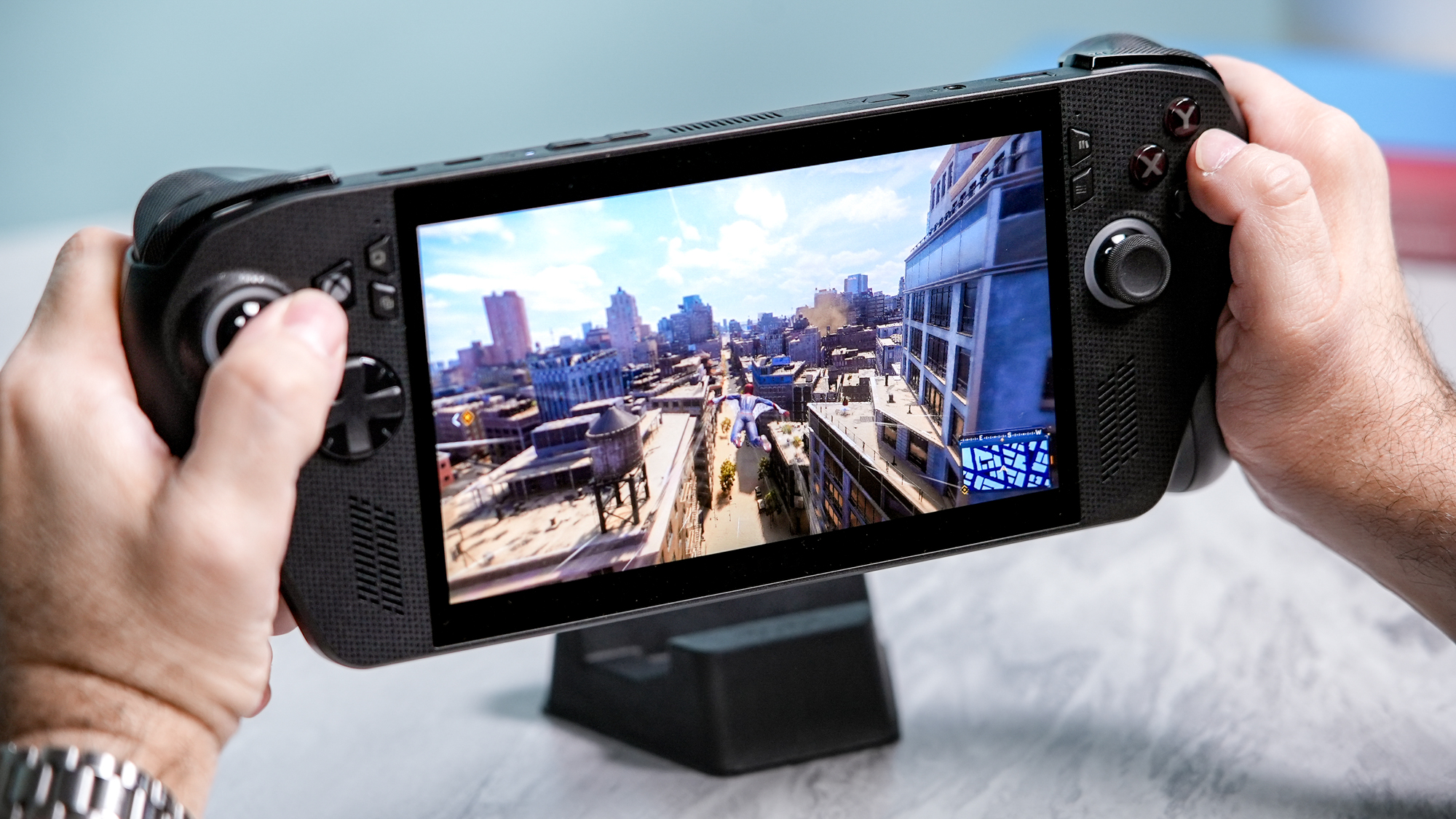Amazon Fire TV Cube vs. Fire TV Stick vs. Fire TV Stick 4K vs 4K Max: What should you buy?
The Amazon Fire TVs differ primarily in whether they offer 4K resolution, and how much they lean into the Alexa ecosystem.
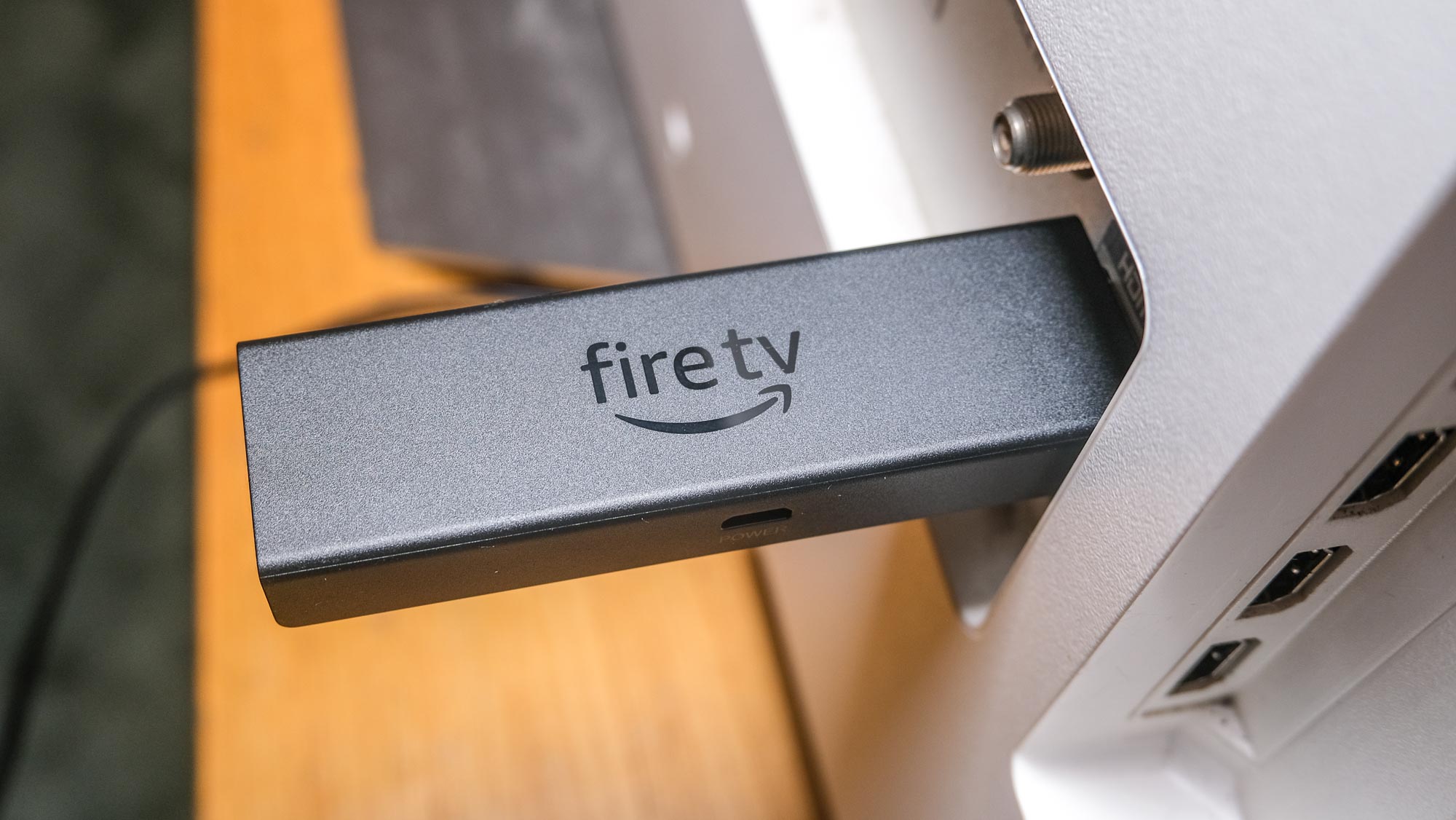
Amazon Fire TV Sticks almost feel like they run the world with just how many there are, far more than there are among Google Chromecast models and Apple TVs. Against Roku, Fire TV Sticks are almost neck and neck with just sheer number, but quality is another thing entirely.
When it comes to understanding the vast ecosystem that sees the Amazon Fire TV Cube vs the Amazon Fire TV Stick vs the Amazon Fire TV Stick 4K vs the Amazon Fire TV Stick 4K Max, you'll have to consider price and needs. If your TV doesn't support 4K resolution, then a Amazon Fire TV Stick 4K isn't ideal and nor is a Fire TV Cube if you're trying to save money.
That's where we come in to help guide your buying necessities. As far as it goes right now, the best choice among Fire TV Stick 4K Max, which nets the best specs on a relatively affordable price point — and you're not sacrificing valuable space around your entertainment setup. Still, while the 4K Max might be the best overall choice, there are alternative options to enjoy, like the $140 Amazon Fire TV Cube.
Of course, you don't need all of that power, especially if you already have a valiant enough smart TV with something like Google TV or even Fire TV built-in. But if you do have something that's a bit older or maybe you'd like to swap out your existing interface with the Fire TV brand, then choosing the right model among the best Fire TV Sticks is worth looking into.
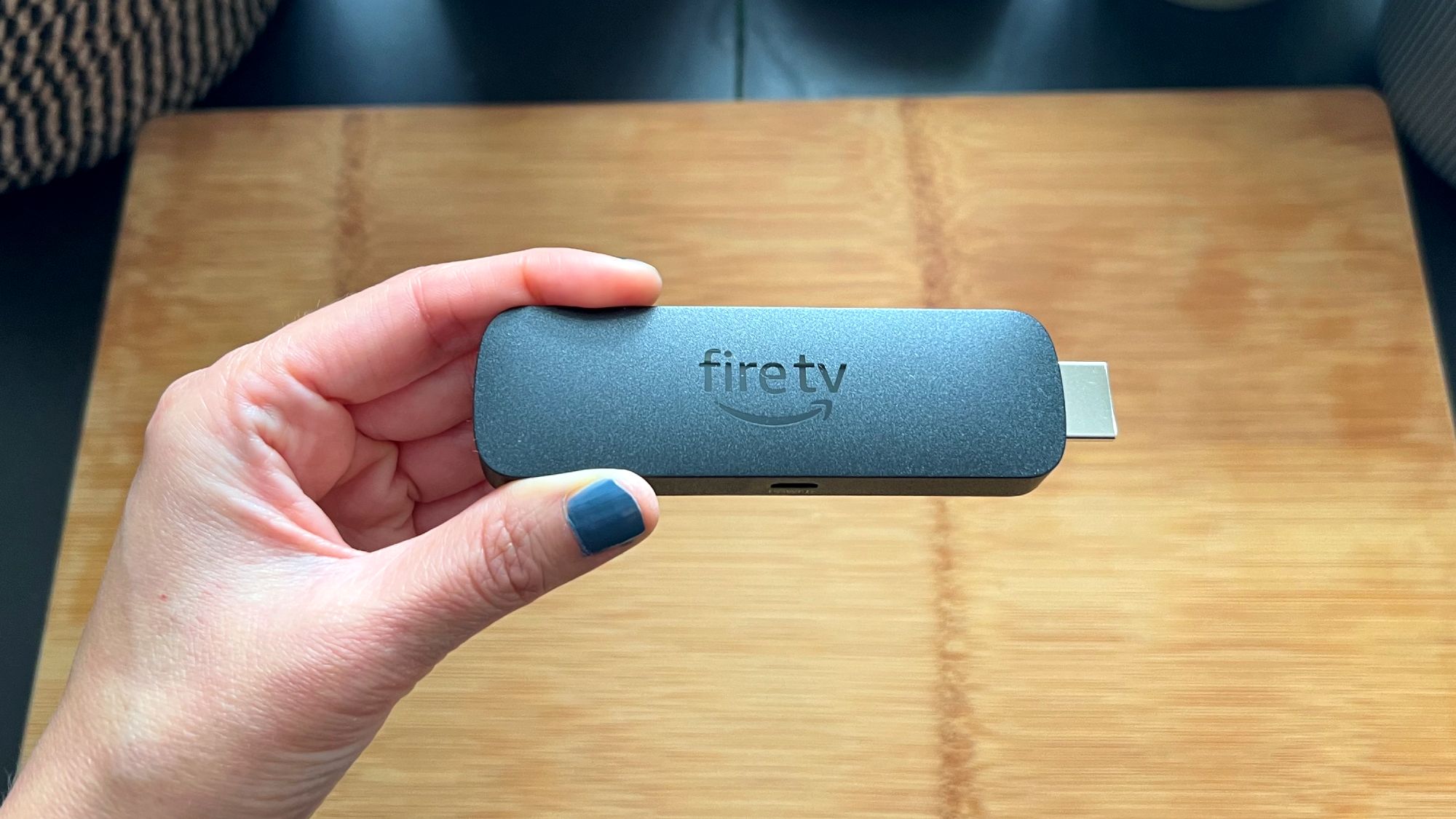
While the Fire TV devices are great, especially for Amazon Prime power users, Roku and Google TV also offer a lot of the same features and apps. So make sure to check out our Roku vs. Amazon Fire TV Stick face-off and our Chromecast vs Fire Stick face-off to see how these platforms compare. There's also Apple TV devices that work well for users already invested in the Apple ecosystem.
But if you're settled on getting a Fire TV device, we've got you covered. Here's how the Amazon Fire Cube vs. Fire Stick (in all of its configurations) shakes out:
Amazon Fire TV Cube vs Fire TV Stick: Size and design
Why you can trust Tom's Guide
One of the biggest differences among these Fire TV devices is how they look (at least between the Sticks and Cube). The Fire TV Stick is the tiniest of the bunch: a small black rectangle measuring 3.3 x 1.0 inches — and the Fire TV Stick Lite is just a little larger, at 3.4 x 1.2 inches.
The Fire TV Stick 4K and 4K Max have the same general design, but a bit bigger, at 4.25 x 1.18 x 0.55 inches. To master Amazon's cheapest Fire TV streamer, check out our guide for how to use the Fire Stick.
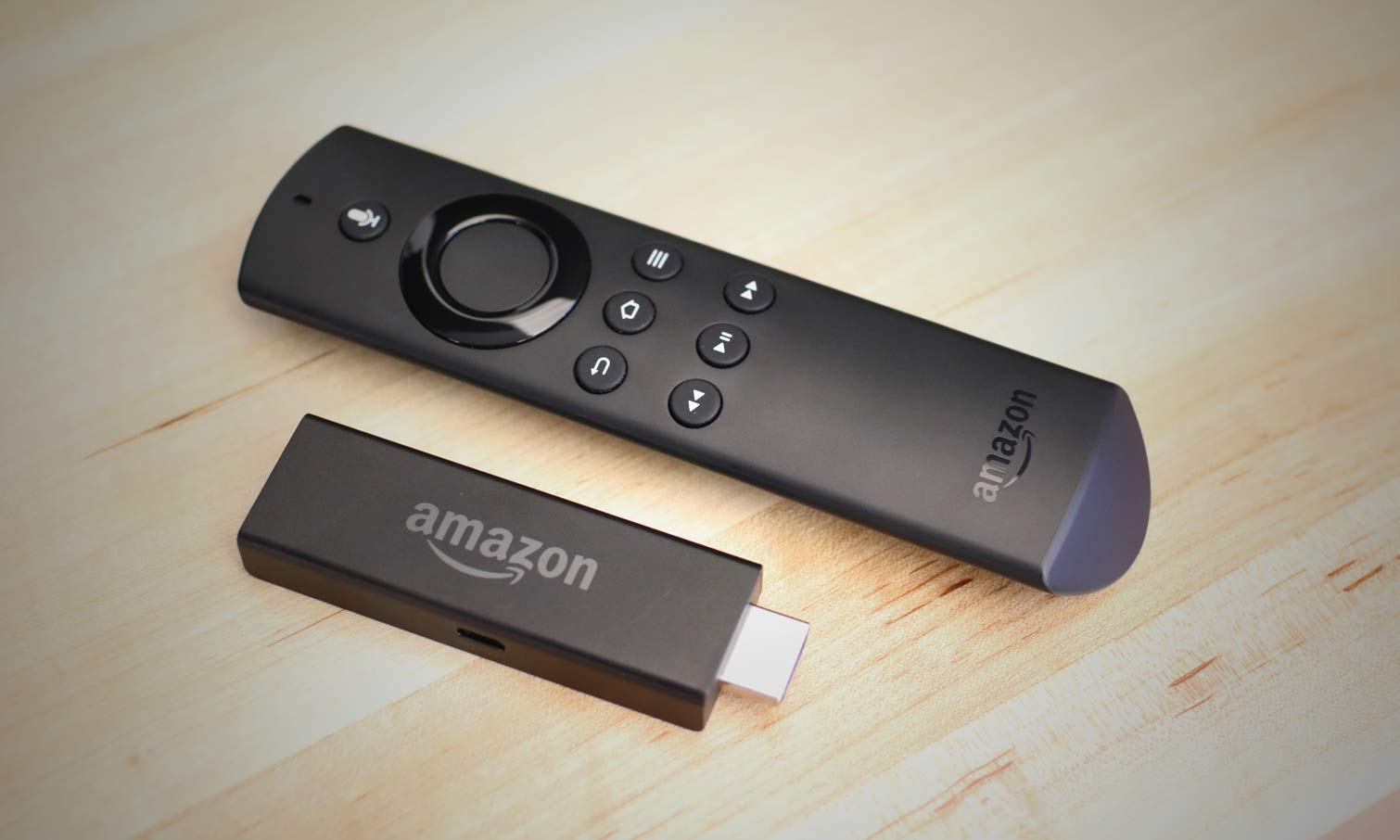
As the name suggests, the Fire TV Cube features a boxy appearance measured at 3.4 x 3.4 x 3.0-inch that isn't quite a cube. Some models, like the Cube, require constant connection to a wall outlet while the Fire TV Max (and similar dongle Fire TV accessories) are powered through your TV's USB ports.

While all five products are relatively small, it's worth considering how much space you have around your TV. If you have lots of room or a large entertainment system, a Fire TV Cube will fit just fine; if not, one of the dongles will have to suffice. These are typically better anyway, given how they are well-hidden and still sport most of the same functionality.
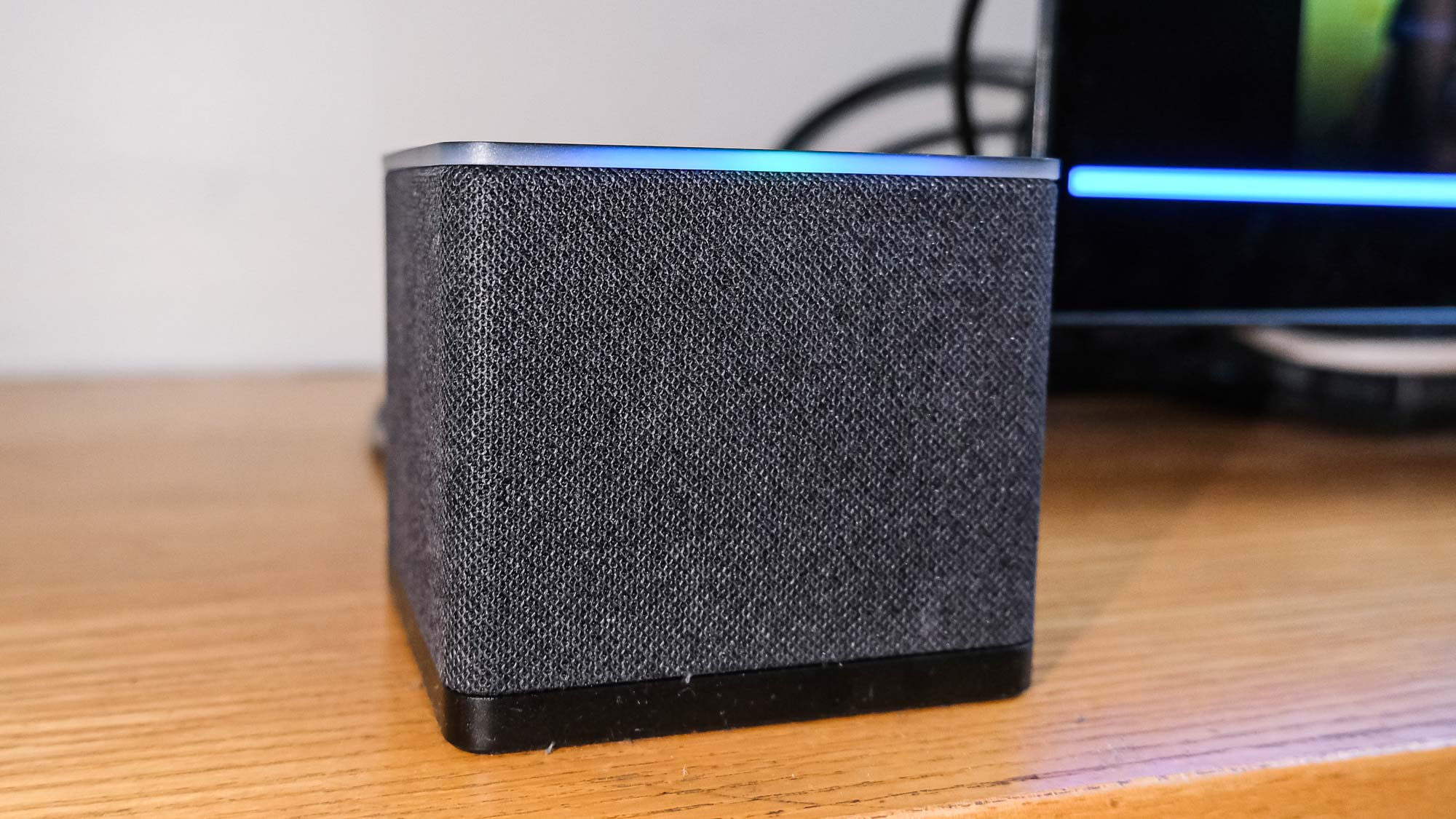
Finally, only the Fire TV Cube supports Ethernet connections out of the box. While previous models required you to use an adapter, the 2022 Fire TV Cube puts that port right on the back.
You can buy an Ethernet adapter for either the Fire TV Stick or the Fire TV Stick 4K, but it's a bit of a daisy chain. Just keep that in mind if your Wi-Fi isn't strong enough for 4K streaming (about 25 Mbps down).
Amazon Fire TV Cube vs Fire TV Stick: 4K and HDR
Simply put: The Fire TV Cube, Fire TV Stick 4K and 4K Max support 4K resolutions and HDR protocols. The Fire TV Stick does not. If you have a TV that maxes out at 1080p, the standard Fire TV Stick is fine; otherwise, you'll definitely want one of the other two devices.
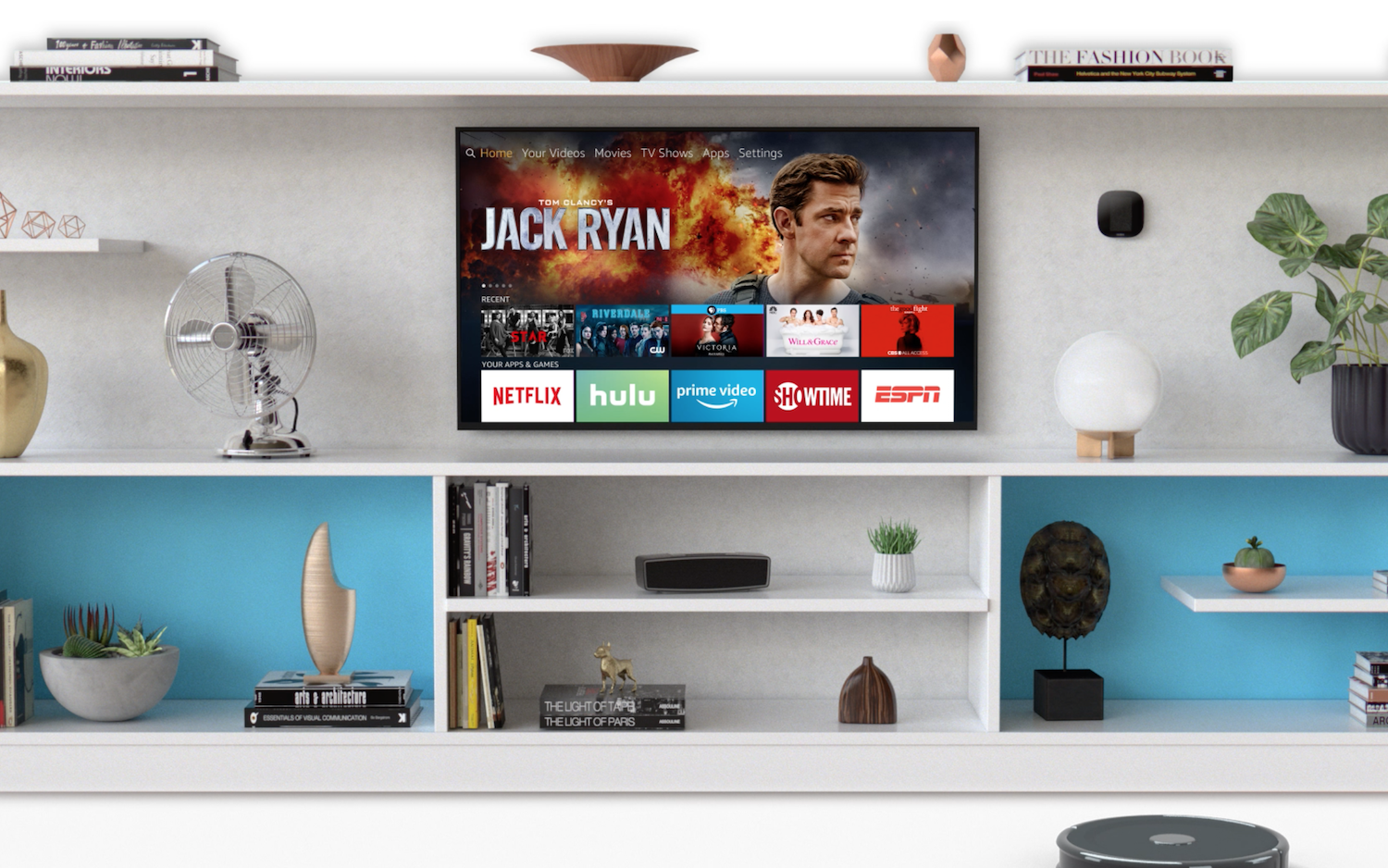
Both the Fire TV Stick 4K, 4K Max and the Fire TV Cube support 4K resolution and the HDR 10 and Dolby Vision protocols, which provide a much richer color gamut. Previously, this functionality was available only in the Fire TV Stick 4K, but a newer version of the Fire TV Cube has corrected the oversight.
The new Fire TV Cube 3rd Gen, however, adds Super Resolution upscaling, sharpening HD content to 4K. We're curious how will this works.
Amazon Fire TV Cube vs Fire TV Stick: Alexa integration
Like just about every Amazon gadget on the market lately, all three Fire TV Sticks feature full Alexa integration. This means that you can check the weather, manage your shopping list, look up sports scores, research traffic conditions and create impromptu playlists using only your voice. All five Fire TV models come with voice remotes, so you can start using Alexa as soon as the setup is complete.
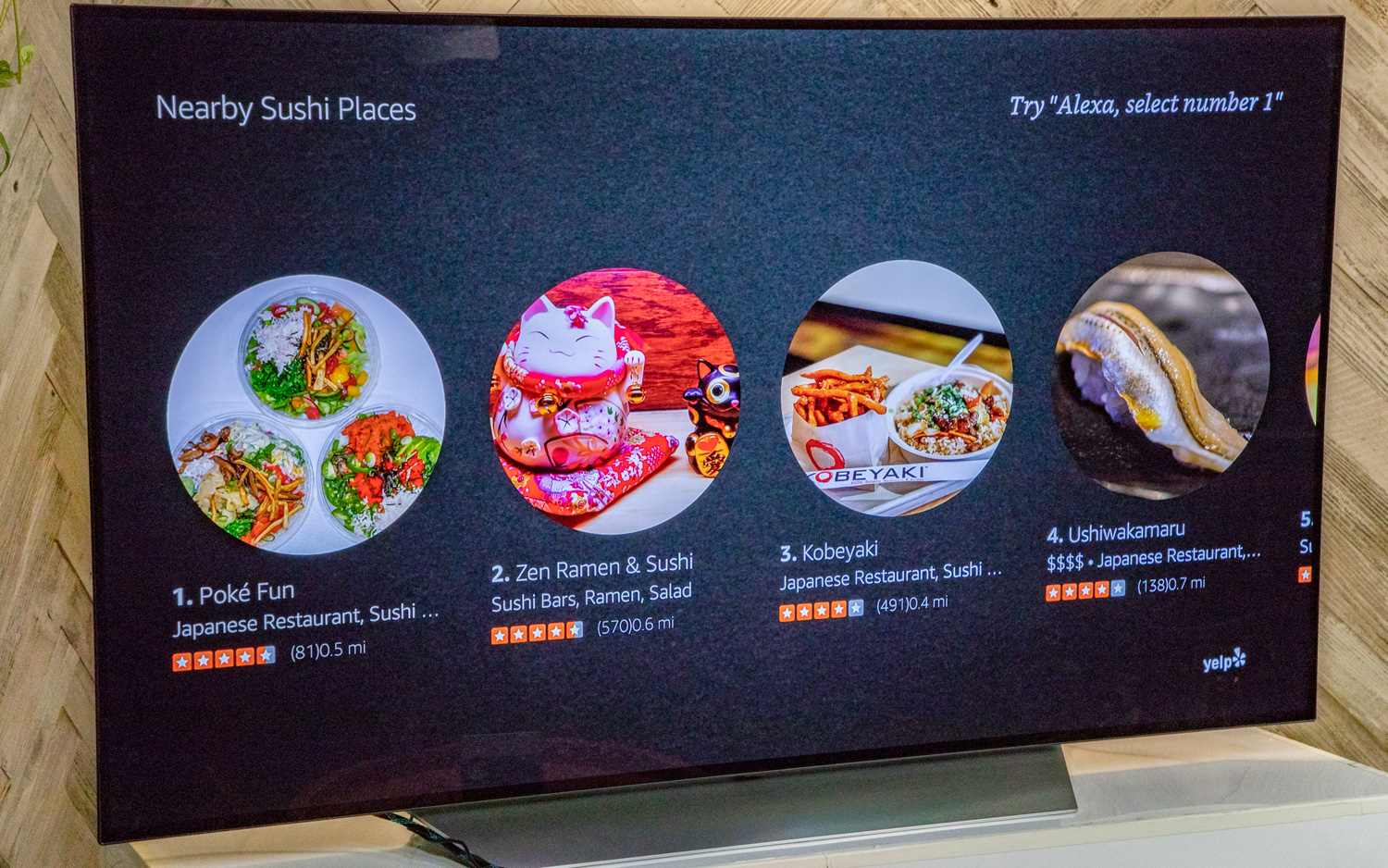
However, the Fire TV Cube handles these features just a little bit better than its dongle counterparts. That's because in addition to being a streaming device, the Fire TV Cube is also a full-fledged Alexa speaker. That means that you can speak to it and give it commands without having to hold down a button on the remote.
Furthermore — and this is a bigger deal for people with smart-home gadgetry — that means that the Fire TV Cube can also control your lights, thermostats and other IoT devices right out of the box. The Fire TV Stick and Fire TV Stick 4K can also do this, but you have to first connect them with an Amazon Echo speaker.
Briefly, then: If you want an Alexa-enabled speaker and a streaming device, but have neither, the Fire TV Cube is your simplest solution. If you already have an Echo speaker, or don't want one, one of the Fire TV Stick variants will be fine.
Amazon Fire TV Cube vs Fire TV Stick: Remote controls
If you want a fancy remote control, you're going to have to pay extra for it. The standard Amazon Fire TV Stick comes with a voice remote, but that's about the most innovative thing about it. (Old-timers may remember that when it first came out, the Fire TV Stick didn't have a microphone at all.) Otherwise, all it's got is the standard array of d-pad, confirm, play/pause, rewind, fast-forward, home, back and options buttons.
The Fire TV Stick Max, though, has an extra button on its remote: Live TV. This button jumps you straight to that section of the Fire TV OS, which integrates with Sling TV and other services.
Amazon now offers an even better remote, so check out our Alexa Voice Remote Pro review for the full scoop.
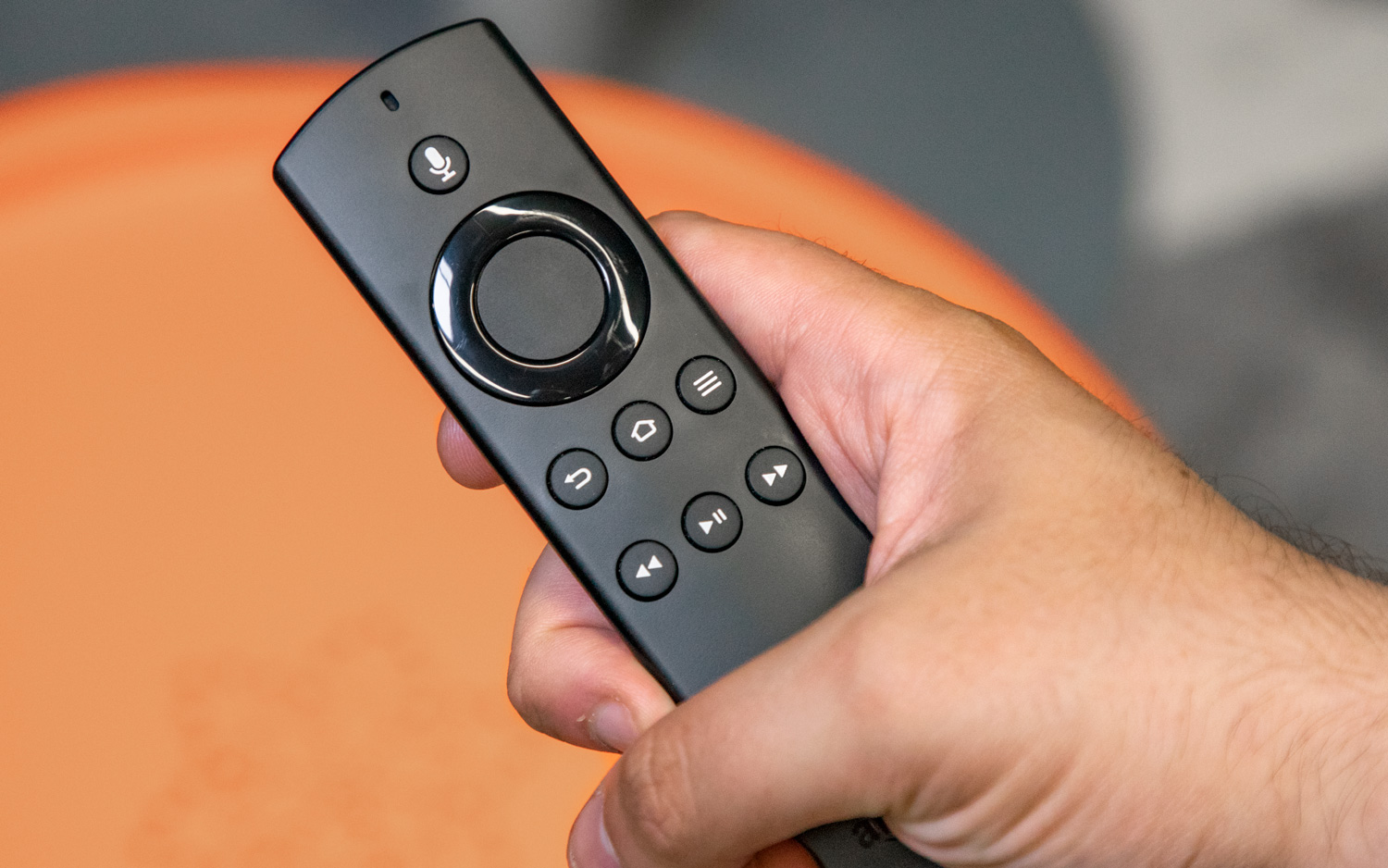
The Fire TV Stick Lite remote drops the TV controls for power and volume, so you might not want that device if you're trying to cut down on clutter.
Both the Fire TV Stick 4K and the Fire TV Cube come with Amazon's upgraded Alexa remote. (Don't let the name confuse you; you can still use Alexa features with the regular voice remote.) This remote features four important buttons missing from the basic voice remote: power, volume up, volume down and mute. The Alexa remote syncs automatically with your TV, and you can use it to control the whole TV set — not just the Fire TV player.
While you could buy the Alexa remote for $30 on its own, considering that the Fire TV Stick costs $40 and the Fire TV Stick 4K $50, it's a much smarter idea to just buy the 4K stick if the remote is a big deal to you. In my own tests, I found it pretty useful.
Amazon Fire TV Cube vs Fire TV Stick: Price and value
As stated above, the Amazon Fire TV Stick Lite is the cheapest of the bunch at $30, followed by the $40 Fire TV Stick, the Fire TV Stick 4K at $50 and the Fire TV Cube at $139. And at $55, the Fire TV Stick 4K Max is asking for a little more than the 4K.
To put it bluntly, there is almost no reason why anyone should invest in the Fire TV Stick, when the 4K variant is only $10 more and comes with a much better remote control. Not only will you be future-proofing your purchase, but you'll also have a better peripheral right off the bat. And if performance and app open times matter to you, get the Fire TV Stick 4K Max.
The Fire TV Cube, on the other hand, is a bit expensive. This makes sense, though, as it's not just a Fire TV device — it's also a full-fledged Alexa speaker. If you don't have a smart speaker in your den, or want your very own digital assistant built into a versatile streaming box, the Fire TV Cube makes sense.
In the battle of Fire Stick 4K vs. Fire Stick vs. Fire TV Cube, the $50 Amazon Fire TV Stick 4K represents the sensible midpoint that should work best for most viewers. It has the best balance of price and functionality.
Get instant access to breaking news, the hottest reviews, great deals and helpful tips.

Henry was a managing editor at Tom’s Guide covering streaming media, laptops and all things Apple, reviewing devices and services for the past seven years. Prior to joining Tom's Guide, he reviewed software and hardware for TechRadar Pro, and interviewed artists for Patek Philippe International Magazine. He's also covered the wild world of professional wrestling for Cageside Seats, interviewing athletes and other industry veterans.
-
Steve310 What about speed of the device? I have a first gen Fire Stick and loading an app like CNN taaaaaaakkkkkkkkeeeeees forever. It the second gen Fire TV (the box) faster at loading something like CNN?Reply -
acovino610 Hello Tom..Reply
~ Just a friendly but Important FYI - Something that I think everyone Needs to be Fully Aware of, there is a LITTLE Mishap with Amazon at the moment where the newest System/Software Update STILL does NOT Include the option to adjust the "Display Scaling" on the 2nd Gen. FireStick. HOWEVER, with the update the New FireTV (NOT THE STICK) Does now have the option to adjust the "Arrows" in the "display scaling" related section under settings menu. I just wanted to throw that out there because this can really be a big deal breaker if for instance like myself own a Panasonic television that doesn't quite have the correct overscan or under scanning or Zoom function/features it needs, in order to adjust to Amazons default display aspect ratio... I guess Amazon is supposedly working on it but I have heard people getting refunds or like $10 off or back because of the inconvenience FYI. I myself I'm going to try to see if they will send me a Fire TV in place of my stick for the same price because of the inconvenience ;-) BOYEEE! This is a bad, bad boo-boo buy Amazon, Millions of New Firesticks out there with no way of adjusting the display size which, could very easily be done on the 1st Gen. FireStick!! That's right, Fix It & "Improve/Upgrade It" until it's broken people Smh... Lol! don't get like Microsoft now Amazon! Come on now you're better than this!... ;-) MAYBE, Tom, :-) you could take a look into this & see if there is a workaround for this or a patch Etc...?? And AS ALWAYS THANKS for the Awesome Website & guided help! -
isamuelson I had the stick then traded it in for the 4k version after it went on sale for $49.99. Not disappointed in the least. The performance difference between the two is like night and day.Reply -
sumayakhan https://www.tomsguide.com/ is one of my favorite site to acknowledge the solutions of Tech related problems.Reply -
ray.shaw000 The Fire TV 2nd Gen, discontinued, is still the best. The Cube and the Dongle are not good devices. Too slow.Reply -
tjhall1000 i came for a comparison of the devices to see core speeds and ram size and storage spaces. this "review" type thing was useless to help me find the best specs for cheapest price. i hope this guy doesnt work for the website lol he leaves way too much info out of his stuffReply -
emilyandrson93 I sought an examination of the gadgets to see center speeds and smash size and storage rooms. this "audit" type thing was futile to enable me to locate the best specs for the least expensive cost. I seek this person doesn't work after the site lol he leaves an excessive amount of information out of his stuffReply
